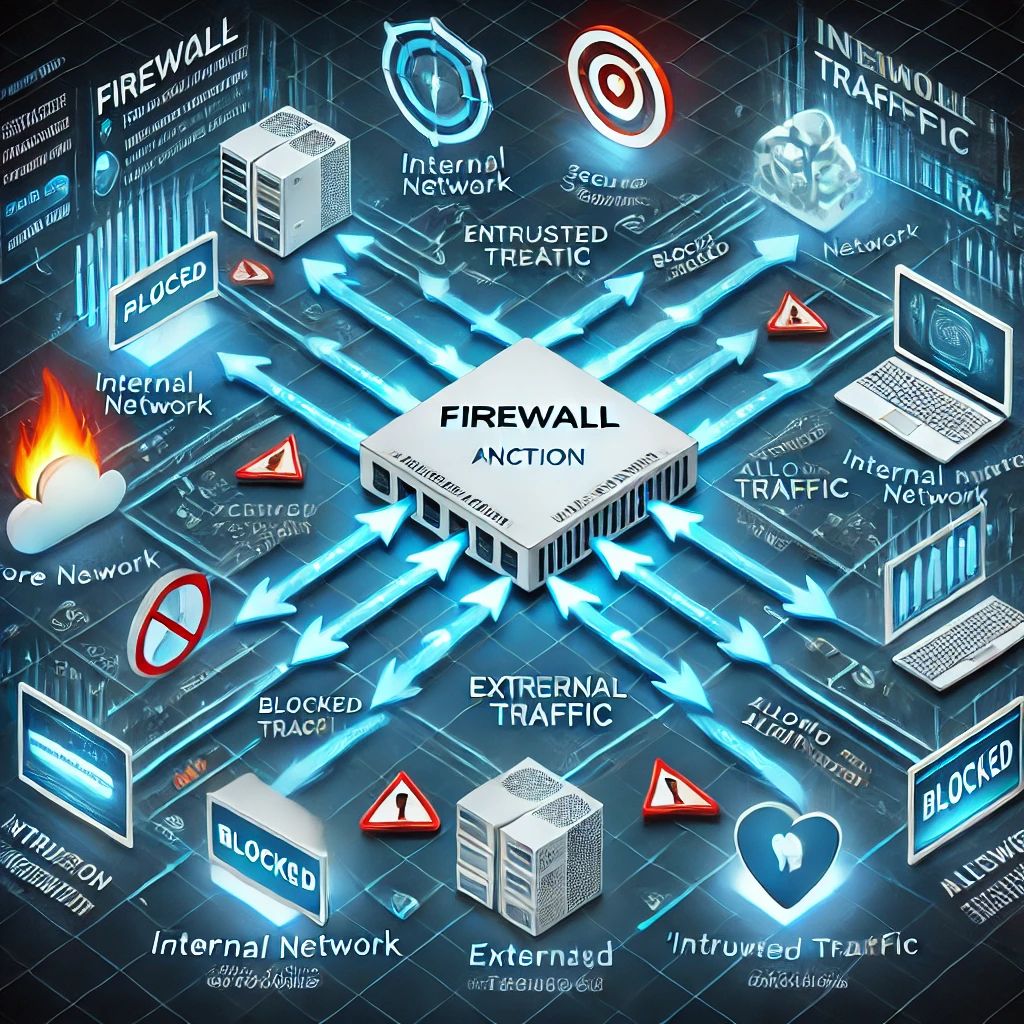In today’s interconnected world, cyberattacks are a constant threat to individuals, businesses, and governments. From data breaches to ransomware and phishing scams, attackers are becoming increasingly sophisticated. However, you can significantly reduce the risk of falling victim to these threats by adopting proactive cybersecurity measures.
In this post, we’ll outline key strategies to prevent cyberattacks and protect your digital assets.
🔍 Understanding Cyber Threats
Before we dive into prevention strategies, it’s essential to know the most common types of cyberattacks:
- Phishing: Fraudulent emails tricking victims into revealing sensitive information.
- Ransomware: Malicious software that encrypts your data and demands a ransom.
- Distributed Denial of Service (DDoS): Overwhelms a system, making it unavailable to users.
- Malware: Malicious programs designed to damage or gain unauthorized access to systems.
- Man-in-the-Middle (MitM) Attacks: Intercepting communication between two parties to steal data.
🛡️ Key Strategies to Prevent Cyber Attacks
1️⃣ Keep Your Software Updated
Outdated software is a prime target for attackers. Security patches fix known vulnerabilities, so ensure your operating systems, applications, and firmware are always up to date.
Best Practices:
- Enable automatic updates.
- Regularly audit your systems for outdated software.
2️⃣ Use Strong Passwords and Multi-Factor Authentication (MFA)
Weak or reused passwords are a common entry point for attackers.
- Create complex passwords with at least 12 characters, mixing uppercase, lowercase, numbers, and symbols.
- Use a password manager to generate and store secure passwords.
- Enable MFA wherever possible for an extra layer of security.
3️⃣ Implement a Firewall and Antivirus Solution
A firewall acts as a barrier between your internal network and external threats. Antivirus software helps detect and remove malicious programs.
Advanced Tools:
- Next-Generation Firewalls (NGFW) for more comprehensive protection.
- Endpoint Detection and Response (EDR) solutions for real-time threat detection.
4️⃣ Regular Backups
Backups are your safety net in case of ransomware or data corruption.
- Follow the 3-2-1 backup rule: Keep 3 copies of your data, on 2 different media types, with 1 copy stored offsite.
- Test your backups regularly to ensure they’re working.
5️⃣ Educate and Train Employees
Human error is a major factor in many successful cyberattacks. Regular security training helps employees recognize and respond to threats.
Focus Areas:
- Identifying phishing attempts.
- Safe use of email and social media.
- Reporting suspicious activity immediately.
6️⃣ Limit Access and Use the Principle of Least Privilege
Only give users access to the data and systems they need for their roles. This minimizes the damage if an account is compromised.
Key Steps:
- Implement Role-Based Access Control (RBAC).
- Regularly review and revoke unnecessary permissions.
7️⃣ Secure Your Network
- Use encryption for sensitive data in transit and at rest.
- Segment your network to contain potential breaches.
- Use a Virtual Private Network (VPN) for remote access.
8️⃣ Monitor and Respond to Threats
Continuous monitoring helps detect suspicious activity before it causes serious damage.
- Use a Security Information and Event Management (SIEM) system to analyze and respond to security events.
- Set up alerts for unusual behavior and unauthorized access attempts.
🚨 What To Do If You’re Attacked
Despite your best efforts, incidents can still happen. Here’s how to respond:
- Isolate the Affected Systems: Prevent further spread by disconnecting them from the network.
- Engage Your Incident Response Team: Follow your organization’s incident response plan.
- Preserve Evidence: Document what happened and retain logs for investigation.
- Notify Relevant Authorities: If required, report the attack to regulators or law enforcement.
📈 The Benefits of a Proactive Approach
By taking these measures, you’ll not only protect your data but also reduce downtime, avoid costly breaches, and safeguard your reputation. Cybersecurity is an ongoing process—regularly review and improve your strategies as new threats emerge.
🎯 Final Thoughts
Preventing cyberattacks requires a combination of technology, policies, and awareness. With the right tools and best practices in place, you can significantly reduce your risk and protect your organization from digital threats.
Want more cybersecurity tips? Follow Packet-Switched.com for expert insights and practical guides! 🚀




In *How to Prevent Cyber Attacks: A Practical Guide*, readers gain essential knowledge and actionable steps to safeguard their digital assets. By understanding common threats and implementing effective security measures, individuals and businesses can reduce their risk of cyberattacks. This guide empowers users with practical strategies, helping them stay proactive in an increasingly digital world.
In conclusion, *How to Prevent Cyber Attacks: A Practical Guide* provides essential strategies for safeguarding personal and organizational data against cyber threats. By implementing the practical steps outlined in this guide—such as using strong passwords, enabling multi-factor authentication, and staying informed about emerging threats—individuals and businesses can significantly reduce their risk of cyberattacks. Cybersecurity is an ongoing effort, and by staying proactive, users can protect themselves in an increasingly digital world.